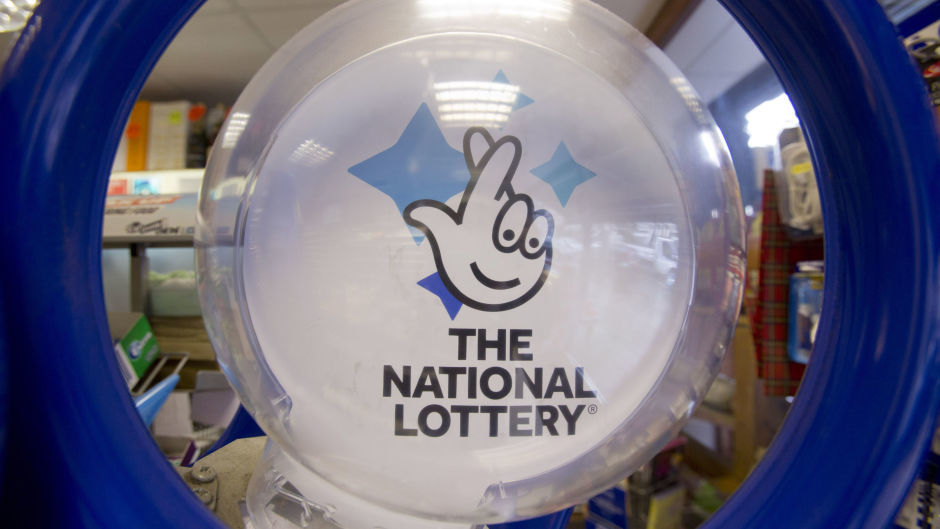
AN ad for a National Lottery scratch card broke rules when it was placed directly outside the entrance to a school, the regulator has found.
The poster ad, seen in May, featured an image of a rainbow scratch card with the text: “Scratch and See… Top prize £50,000 Lucky Fortune… 7 chances to win! £2.”
National Lottery operator Camelot said it had a policy not to place ads within 100 metres of a school.
However it said a database used to select locations for ads had failed to identify the school.
Camelot said it now used a different database tool which looked at the geographical boundaries of schools to ensure that ads were not placed within 100 metres of them.
The Advertising Standards Authority (ASA) said it was concerned by the proximity of the poster to the school, finding that the ad’s audience would be likely to be significantly skewed towards under-16s.
It said: “The ad must not be displayed again in close proximity to a school.
“We told Camelot to ensure that their lottery ads were not directed at children under 16, including that they were not displayed in close proximity to a primary or secondary school.”

Enjoy the convenience of having The Sunday Post delivered as a digital ePaper straight to your smartphone, tablet or computer.
Subscribe for only £5.49 a month and enjoy all the benefits of the printed paper as a digital replica.
Subscribe